Affiliate links on Android Authority may earn us a commission. Learn more.
NVIDIA GPU guide: All NVIDIA GPUs explained, and the best NVIDIA GPU for you
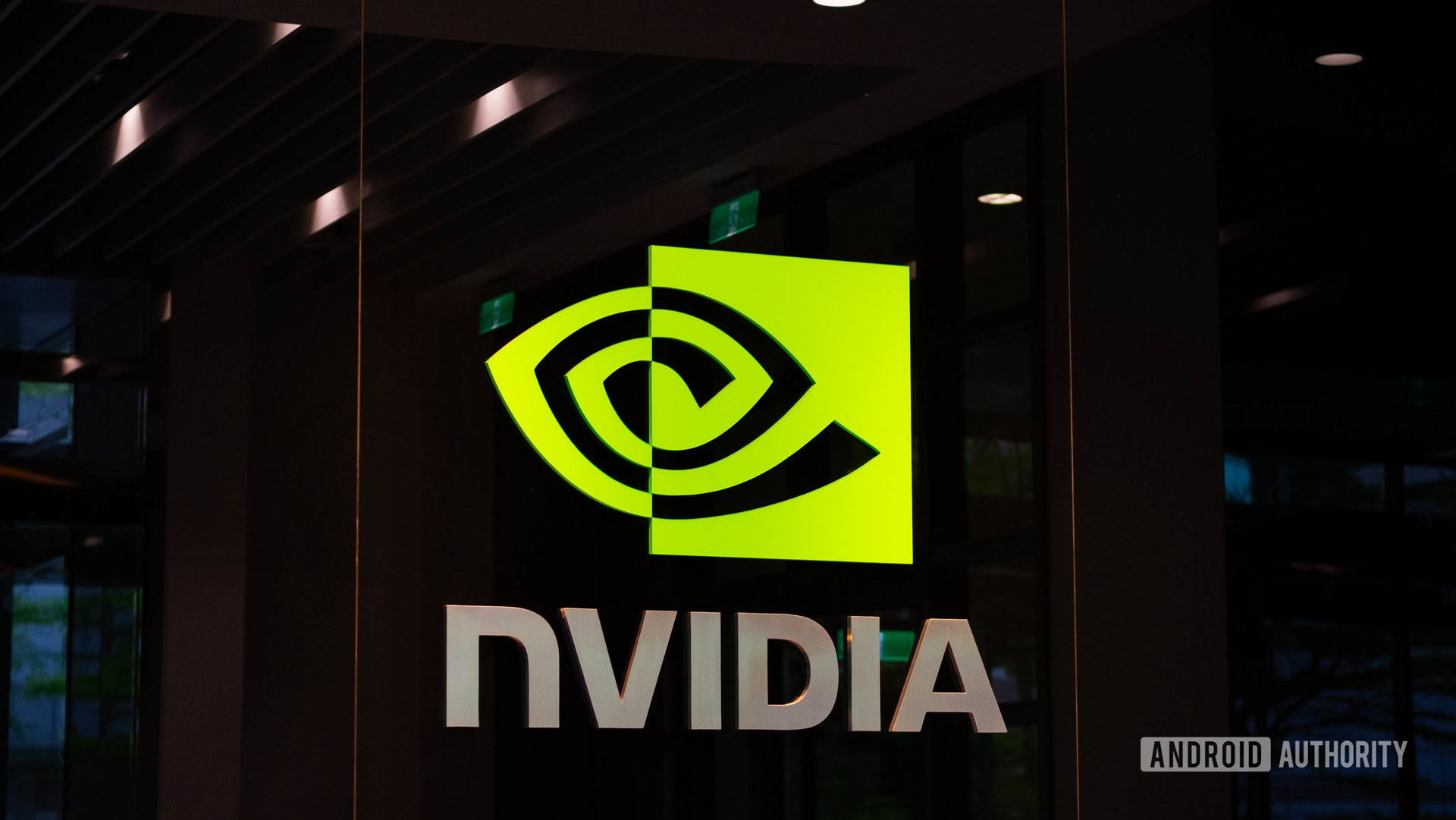
NVIDIA makes some of the most powerful GPUs out there right now. While NVIDIA arrived a bit late on the graphics card manufacturing scene in 1993, it made quick progress. Many GPU manufacturers of the era have since then been acquired or gone out of business, while NVIDIA has come to be the industry leader.
NVIDIA offers quite a few GPUs in its lineup, divided according to series. Picking the best NVIDIA graphics card for you can be tough. That is especially the case now, given the global silicon shortage that has caused a very limited supply of GPUs, and price gouging of those that are available for sale. To help you better understand NVIDIA’s GPU lineup and how to pick the right one for you, we have put together this NVIDIA GPU guide.
See also: The global computer chip shortage explained: What it means for you and your tech
NVIDIA GeForce RTX 30 series GPUs
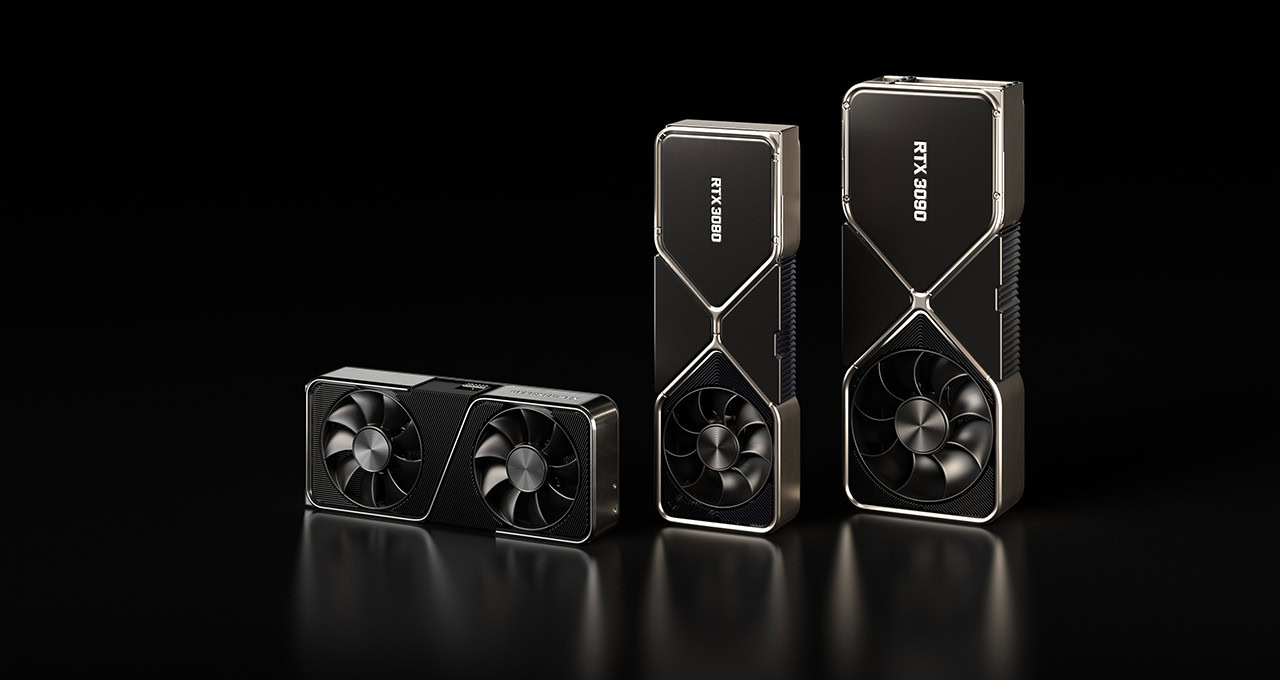
Nvidia’s current flagship series of GPUs is the GeForce RTX 30 series. NVIDIA took on the RTX badging for its ray tracing-enabled GPUs, and RTX 30 is the second generation. With the new series, we get much better ray tracing capabilities, as well as solid performance improvements in other areas as well.
The RTX 30 series comes with the new Ampere architecture from NVIDIA. You get more powerful RT and Tensor cores, as well as new AI features that make the most of the hardware prowess. The most important AI improvement is with DLSS, which can give you an FPS boost on the go. RTX 30 series DLSS can give over a 2x frame rate improvement at times, which is quite impressive.
Current NVIDIA GeForce RTX 30 GPU offerings
Coming to the GPUs you can currently buy in the series, there are five desktop options. At the top of the line is the NVIDIA GeForce RTX 3090, the most powerful consumer GPU NVIDIA currently sells. It packs in a whopping 10,496 NVIDIA CUDA cores, and 24 GB of GDDR6X memory. It’s for the enthusiast market, and a bit of an overkill, with the price-to-performance ratio not being the best you can get from NVIDIA.
That, however, isn’t the case with the NVIDIA GeForce RTX 3080. The RTX 3080 is the best graphics card you can buy right now for your high-end 4K gaming system. It comes with 8,704 CUDA cores and 10 GB of GDDR6X memory. The RTX 3080 offers the best value proposition in the series, making it our NVIDIA GPU guide recommendation.
See also: NVIDIA GeForce RTX 30 series: Everything you need to know
Following it is the NVIDIA GeForce RTX 3070, which also gives a great value for money for what is a solid 1440p performer. It packs in 5,888 CUDA cores and 8 GB GDDR6 memory. At the bottom of the RTX 30 series lineup right now is the RTX 3060, a solid budget offering that can do great 1080p gaming. It has a CUDA core count of 3,584, but packs in an impressive 12 GB of GDDR6 memory.
NVIDIA also has the RTX 3060 Ti that sits above the RTX 3060. While it belongs to the RTX 3060 series, it has more in common with the RTX 3070. It packs in 4,864 CUDA cores and 8 GB GDDR6 memory. The RTX 3050 and RTX 3050 Ti also exist, but those are laptop-only for now.
NVIDIA GeForce RTX 20 series GPUs
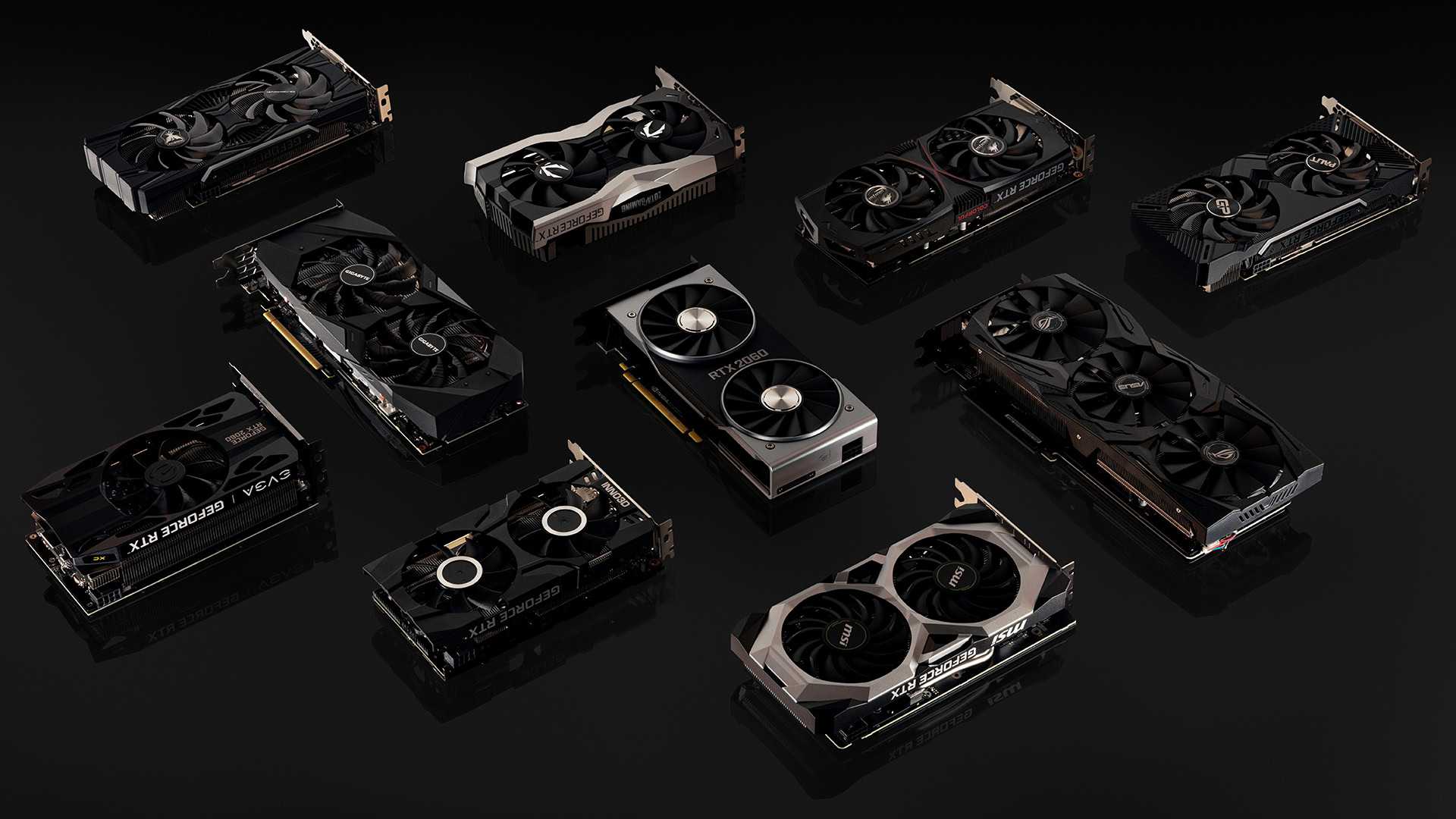
NVIDIA GeForce RTX 20 was the first new series of GPUs from NVIDIA after a while. It introduced the RTX badging, and with it the ray tracing capabilities. While the series was a bit weak on the ray tracing performance as most first-generation efforts are, it had great performance otherwise. It came with the older Turing architecture.
The RTX 20 series was also the first time NVIDIA introduced a bunch of other features like DLSS. While first introduced in 2018, the RTX 20 lineup is still relevant today due to the silicon shortage that is affecting the industry. It also got a refresh with the Super variants in 2019. Due to the price gouging, buying these GPUs new might not be the best idea, unless you’re getting aggressively reasonable pricing.
NVIDIA GeForce RTX 20 GPU offerings
The NVIDIA GeForce RTX 20 series mostly targeted the high-end and upper mid-range of the GPU market. The main RTX 20 series has seven total models across three sub-series. The top-of-the-line model in the series is the NVIDIA GeForce RTX 2080 Ti. While NVIDIA didn’t have any 90-series cards for this generation, the RTX 2080 Ti was pretty much the predecessor to RTX 3090. The card packs in 4,352 CUDA cores coupled with 11 GB GDDR6 memory. NVIDIA also had a Titan RTX GPU using the same Turing architecture, for AI computing and data science applications.
The RTX 2080 series also had the RTX 2080 Super, and the base RTX 2080 GPUs. The 2080 sports 2,944 CUDA cores and 8 GB GDDR6 memory. The Super is a bit beefier with 3,072 CUDA cores. It had the same amount of memory, except at a higher bandwidth of 15.5 Gbps in comparison to the 14 Gbps of the RTX 2080. The RTX 2080 series does well at 1440p, and the more powerful variants can handle some 4K gaming at acceptable framerates.
Also in the series are the RTX 2070, RTX 2070 Super, RTX 2060, and RTX 2060 Super. The RTX 2070 series was the value-for-money card in the series, offering a solid middle-ground with high-FPS 1440p gaming. The RTX 2060 series is the most entry-level RTX GPU of the series and can handle 1080p gaming with a glimpse into NVIDIA’s ray tracing. NVIDIA has actually brought the RTX 2060 back in production to help deal with the GPU shortage. The card is thus our NVIDIA GPU guide recommendation for this series.
NVIDIA GeForce GTX 16 series GPUs
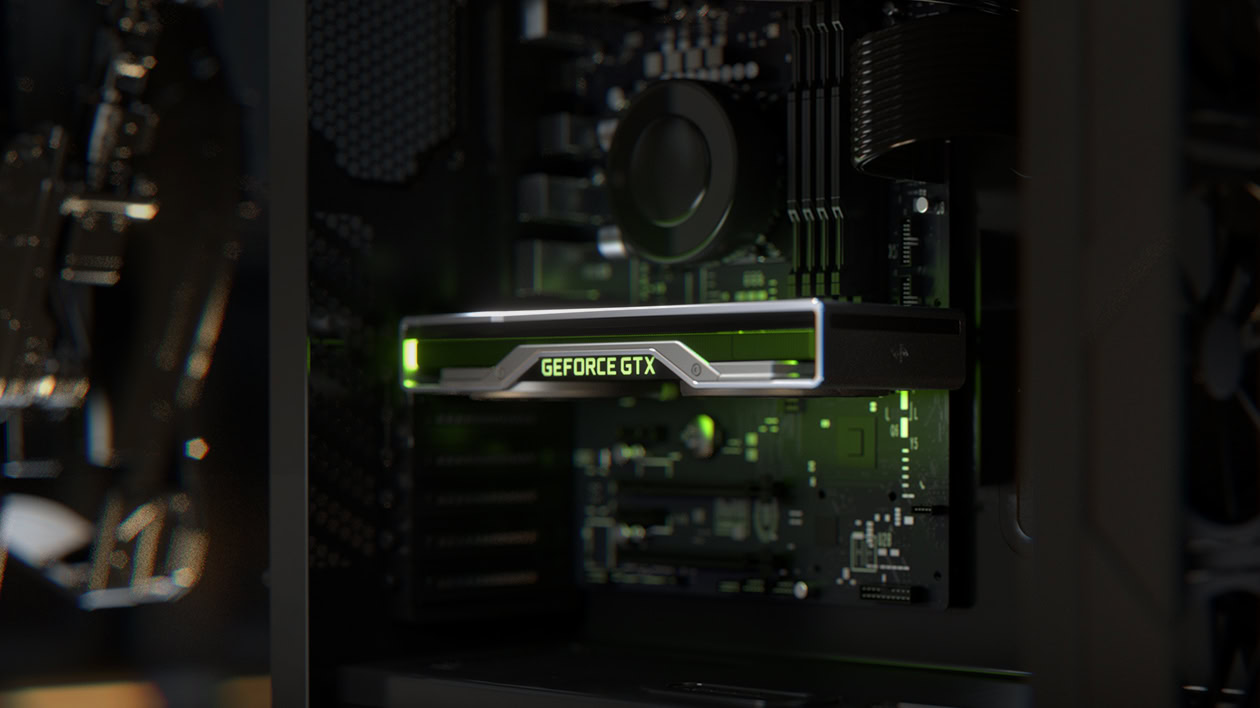
The NVIDIA GeForce GTX 16 series is actually an interesting notch in NVIDIA’s belt. Team green introduced this series to fill out the lower-mid-range that the RTX 20 series lacked. It uses the same Turing architecture and has a total of eight GPU SKUs under two sub-series. NVIDIA marketed it parallel to the RTX 20 series, making it a bit of a non-RTX complement to it.
The GTX 16 series has come to be one of the most popular series from NVIDIA. Even today, the series has the only non-RTX GPUs that have a decent price-to-performance ratio. These have also been very popular in mid-range gaming laptops. Even today, the GTX 16 series GPUs have some of the best availability and relatively better pricing in comparison to other NVIDIA offerings.
NVIDIA GeForce GTX 16 GPU offerings
The GTX 16 series actually has only two cards in it that total eight variants. The entry-level card is the NVIDIA GeForce GTX 1650. The GTX 1650 lineup is actually quite confusing since NVIDIA has made several SKUs under the same name. The original GTX 1650 came with the TU117 GPU, and GDDR5 memory. NVIDIA has since then made a variant with GDDR6, then another with the TU106 GPU, and then another one with the TU116 GPU. NVIDIA also has a Super variant with a TU116 GPU, and a laptop-only 1650 Ti variant.
Then there is the GTX 1660, which has three variants; base, Ti, and Super. All of these use the same TU116 GPU that the 1650 Super does. The GTX 1660 cards are the most powerful NVIDIA GPUs you can currently buy that come without ray tracing capabilities. They’re also our NVIDIA GPU guide recommendation for this series.
NVIDIA GeForce GTX 10 series GPUs
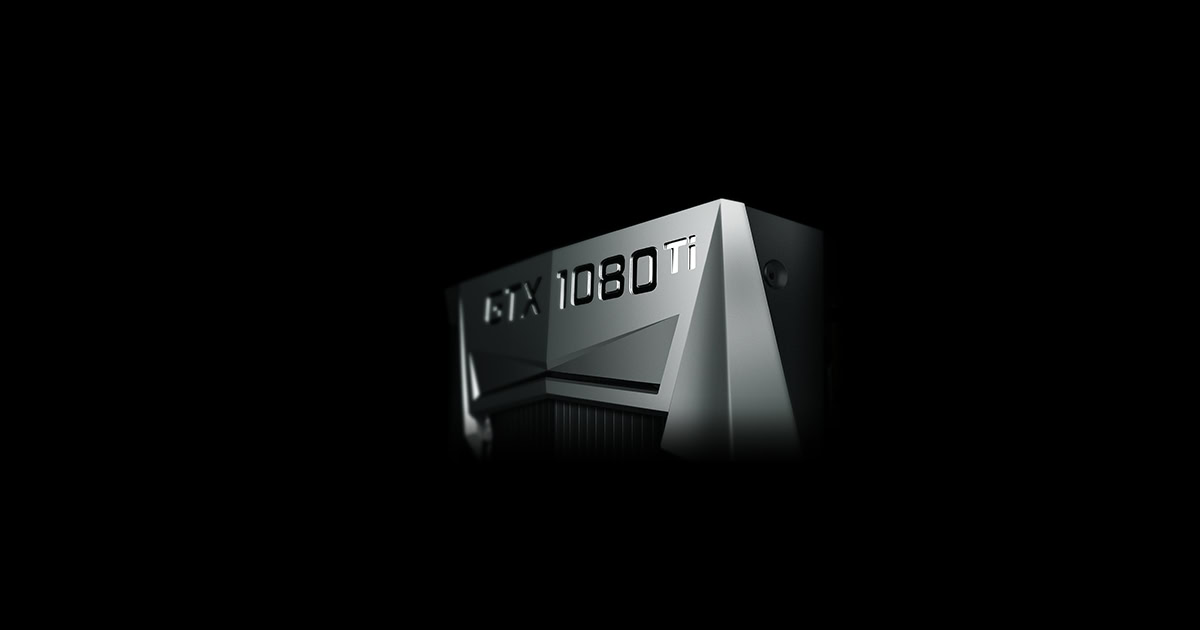
NVIDIA GeForce GTX 10 series is remembered as the point where its GPU offerings really matured. Despite being several years old at this point, these GPUs are still quite relevant and the performance holds up. The 10 series was an expansive lineup, with several GPUs under it. The series used the Pascal architecture and had cards from the GT 1010 to the GTX 1080 Ti and the enthusiast-grade Titan Xp.
Some of the NVIDIA GeForce GTX 10 series cards are still available in the market. The lower-end variants like the GT 1030, GTX 1050, and GTX 1050 Ti are still selling quite well. The GTX 1050 Ti is actually one of the GPUs that NVIDIA has brought back into production to try and meet the demand for more affordable GPUs — something that newer NVIDIA GPU lineups lack. The GTX 1050 Ti is thus our NVIDIA GPU guide recommendation for this series.
See also: GPU vs CPU: What’s the difference?
NVIDIA RTX (formerly Quadro) series GPUs
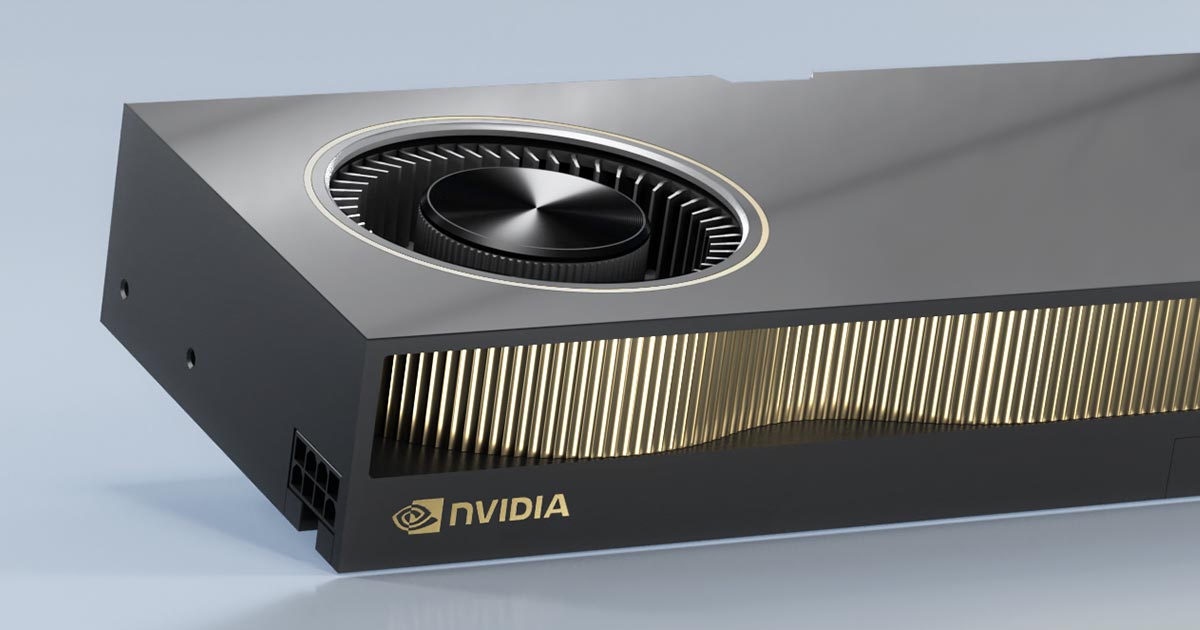
NVIDIA Quadro has historically been NVIDIA’s brand for its professional visualization and compute GPUs. These are the GPUs that NVIDIA specifically designs for the film, VFX, graphics, and other rendering-related professional industries. With the latest generation, however, NVIDIA has ditched the Quadro branding.
The latest generation of these professional-grade GPUs now sits in the NVIDIA RTX series. The flagship card of the series is the NVIDIA RTX A6000. Following that, NVIDIA recently announced the rest of the lineup. We now have two more cards in the workstation lineup: RTX A5000 and RTX A4000.
Additionally, NVIDIA has added laptop RTX GPUs, namely the A5000, A4000, A3000, and A2000. NVIDIA has also introduced two new server cards to the lineup: the A10 and A16. The specifications on these cards go above the GeForce RTX lineup, with up to 10,752 CUDA cores and 48 GB of GDDR6 memory with ECC.
Most consumers won’t feel the need for these cards, which is why our NVIDIA GPU guide doesn’t really have a recommendation for you in this series. They also cost quite a bit more than the GeForce RTX cards, with prices going up to $5,000.
See also: What is an SoC? Everything you need to know about smartphone chipsets
The future of NVIDIA GPUs

NVIDIA is the industry leader in GPUs and currently offers some of the best GPUs money can buy. However, it is facing a few issues that it needs to deal with to stay on top. First of all, is the global silicon shortage. While it doesn’t only affect NVIDIA, it certainly has made an example out of the brand. NVIDIA GPUs are nearly impossible to get now, and even if you do manage to grab one, you will likely be overpaying for it.
NVIDIA has failed to counter the scalping and price gouging. It did introduce the anti-mining lock with the RTX 3060 but then managed to accidentally remove it with a simple beta driver. With lukewarm attempts like this, the woes of GPU buyers are unlikely to end so soon.
On the other hand, NVIDIA’s only true competitor in the GPU space, AMD, is catching up. Its latest Radeon GPUs get closer to NVIDIA offerings in performance than they ever have. NVIDIA will have to ramp up its efforts to make sure it doesn’t lose the crown. Its pending acquisition of Arm could also help it compete with Apple Silicon.
As far as the next generation of NVIDIA GPUs is concerned, we could see it drop sometime in 2022. It will bring in important improvements, no doubt. However, they’re just as likely to be in short supply. So for now, if you can grab an RTX 30 GPU at a price that is close to its intended retail price, go for it.
Want to read up more on GPUs and other computer hardware? Check out some of our other articles.